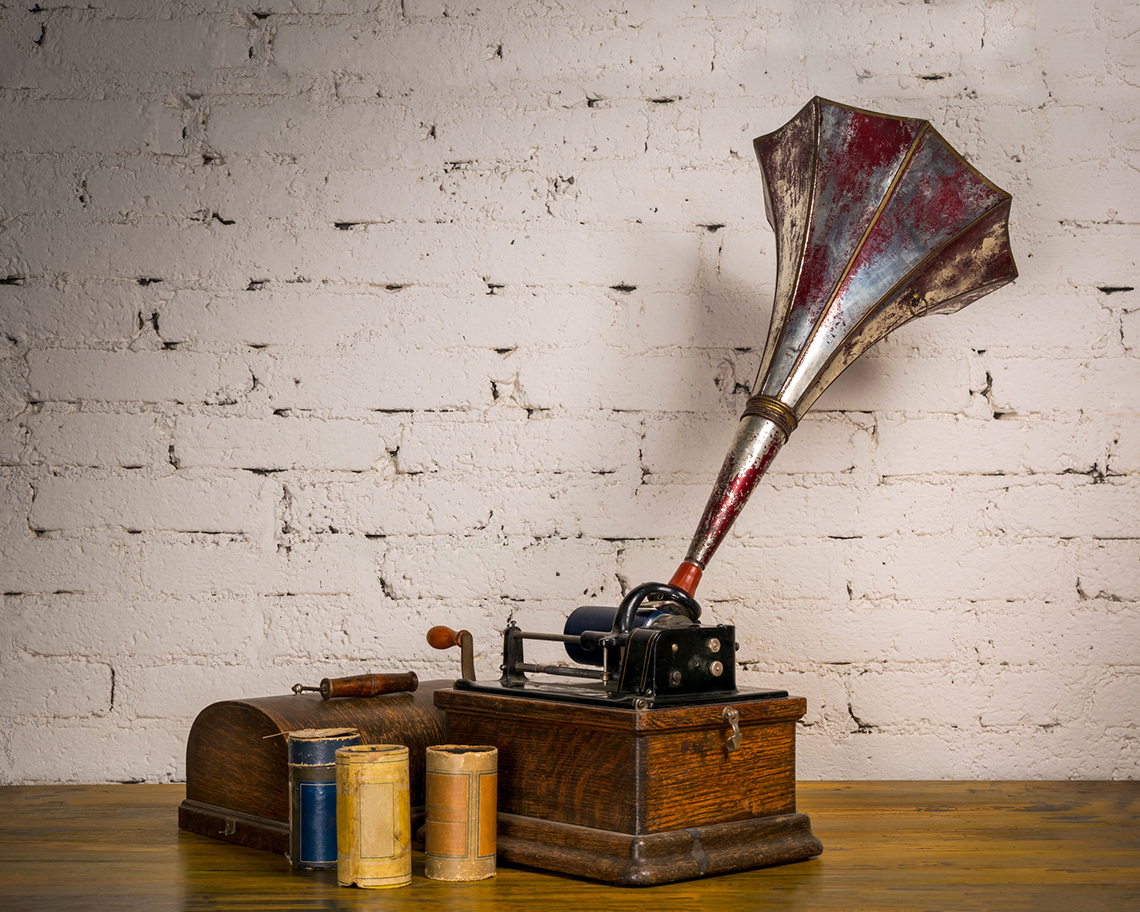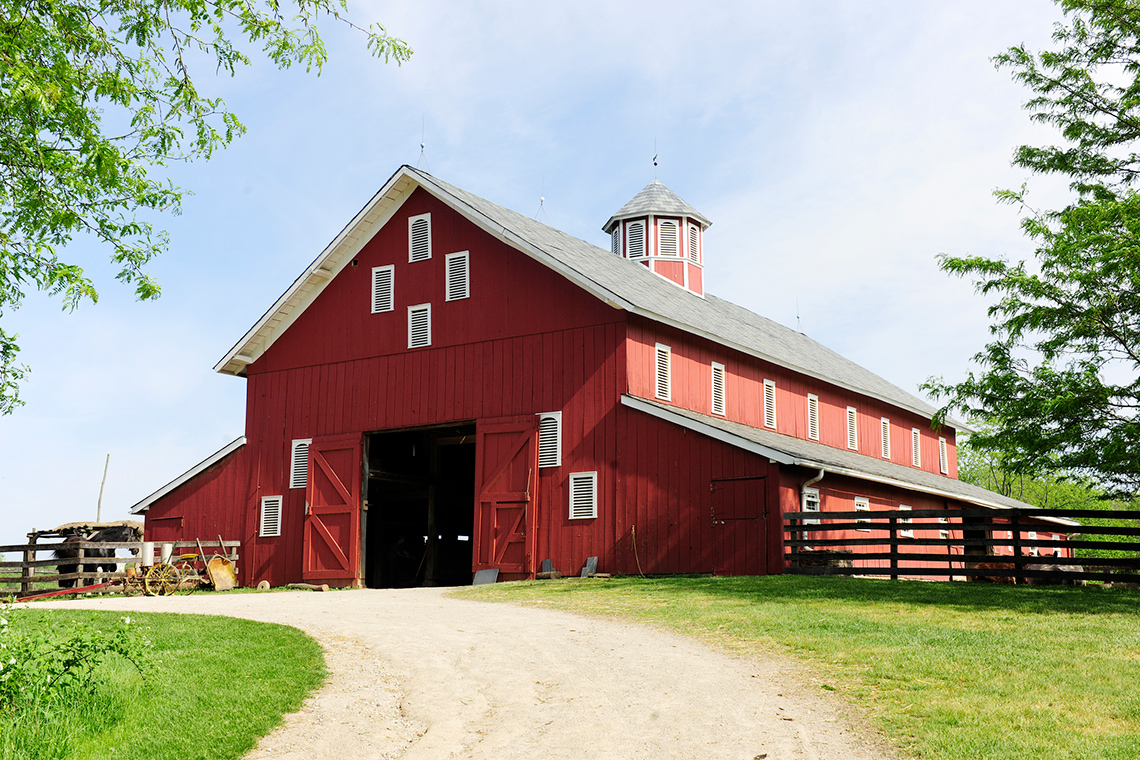Minds On
Two-dimensional turtle
Examine the following turtle image.
Can you think of any shapes you could use to cover the inside of the shape?
Could you arrange the shapes with no spaces between them?

When you are ready, press ‘Answer’ to reveal a possible solution to this puzzle.

How many different shapes were used? How do you know?
How is the turtle solution different from the original turtle? How is it the same?
Action
Composing with shapes
In the Minds On section, you may have noticed that while the outline of the first and second turtle was the same, it was composed, or made up of, different shapes.
When we compose, we put different shapes together to create something new.
Examine the following image, which displays a tree and a wristwatch composed of shapes.

Now explore the following image of the tree and watch. What is happening in this next image?

In the second image, we are decomposing, or taking apart, the shapes. This makes it easier to count and identify all of the shapes used.
Test Your Skills!
Test your skills
Examine the following image. How many shapes do you notice?

When you are ready, press ‘Answer’ to reveal the number of shapes in the image.

There are seven shapes that make up the flower: six rhombuses and one hexagon. A hexagon is a six-sided polygon.
Reviewing three-dimensional objects
Let’s review three-dimensional objects.
Match each three-dimensional object to its description.
Great work! Now let’s match four more three-dimensional objects.
Finding two-dimensional shapes in three-dimensional objects
Practice
Examine the following objects. Imagine that we are able to decompose, or take apart, the objects. What two-dimensional faces do you notice?
Identify the two-dimensional shapes in each three-dimensional object.
Object 1

Press ‘Object 1’ to reveal some possible shapes in this object.
Object 2

Press ‘Object 1’ to reveal some possible shapes in this object.
Object 3

Press ‘Object 3’ to reveal some possible shapes in this object.
Object 4

Press ‘Object 4’ to reveal some possible shapes in this object.
Object 5

Press ‘Object 5’ to reveal some possible shapes in this object.
Object 6

Press ‘Object 6’ to reveal some possible shapes in this object.
Object 7

Press ‘Object 7’ to reveal some possible shapes in this object.
Creating a three-dimensional object
Three-dimensional image scavenger hunt
Let’s determine which three-dimensional objects you think are in each of the following composite figures.
Examine the images, and then complete the fill-in-the-blanks activity for each object.
Image 1: Yurts

What three dimensional shapes are in Image 1? Select the missing words from the drop-down menu.
Image 2: Mosque

What three dimensional shapes are in Image 2? Select the missing words from the drop-down menu.
Image 3: Graphophone

What three dimensional shapes are in Image 3? Select the missing words from the drop-down menu.
Image 4: Skyscraper

What three dimensional shapes are in Image 4? Select the missing words from the drop-down menu.
Image 5: Barn

What three dimensional shapes are in Image 5? Select the missing words from the drop-down menu.
Consolidation
Design your own structure!
You will design a structure of your choice using a minimum of three different three-dimensional objects. You can create the structure using physical blocks or a digital app, or you can create a detailed written or audio recording about how you would design your structure using the different three-dimensional objects.
Use a minimum of three different two-dimensional shapes to add as decoration to your three-dimensional structure.
Describe the two-dimensional shapes and three-dimensional objects you included in your design, including their names, faces, edges, and vertices.

Self-check
- Can you identify all of the shapes and objects in your structure with their names, faces, edges, and vertices?
- Are some shapes or objects easier to build with? Explain your thinking.
Think about your learning
- How do three-dimensional objects get their names?
- What is the difference between a base and a face?
- How are pyramids and prisms the same? How are they different?
Reflection
How do you feel about what you have learned in this activity? Which of the next four sentences best matches how you are feeling about your learning? Press the button that is beside this sentence.
I feel...
Now, record your ideas about your feelings using a voice recorder, speech-to-text, or writing tool.